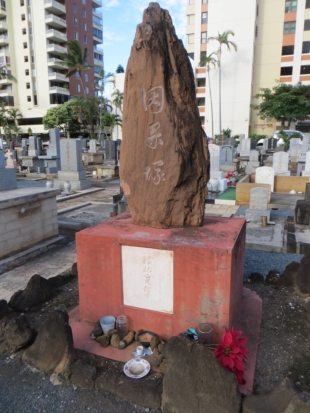In 1865 a Scottish sugar planter in Hawaii wrote to an American businessman in Yokohama: “Could any good agricultural laborers be obtained from Japan ... to serve like the Chinese under a contract for six or eight years?” The American said he’d see.

The ragtag band he assembled — “mere laborers,” he said, “picked out of the streets of Yokohama, sick, exhausted and filthy” — became modern Japan’s first emigrants. They arrived in Honolulu on June 19, 1868. They were known as gannenmono — “first-year people.” It was year one of the watershed Meiji Era (1868-1912); year one of modern Japan; 15 years after the famous “opening” of Japan by an American squadron of menacing steam-powered Black Ships.


















With your current subscription plan you can comment on stories. However, before writing your first comment, please create a display name in the Profile section of your subscriber account page.